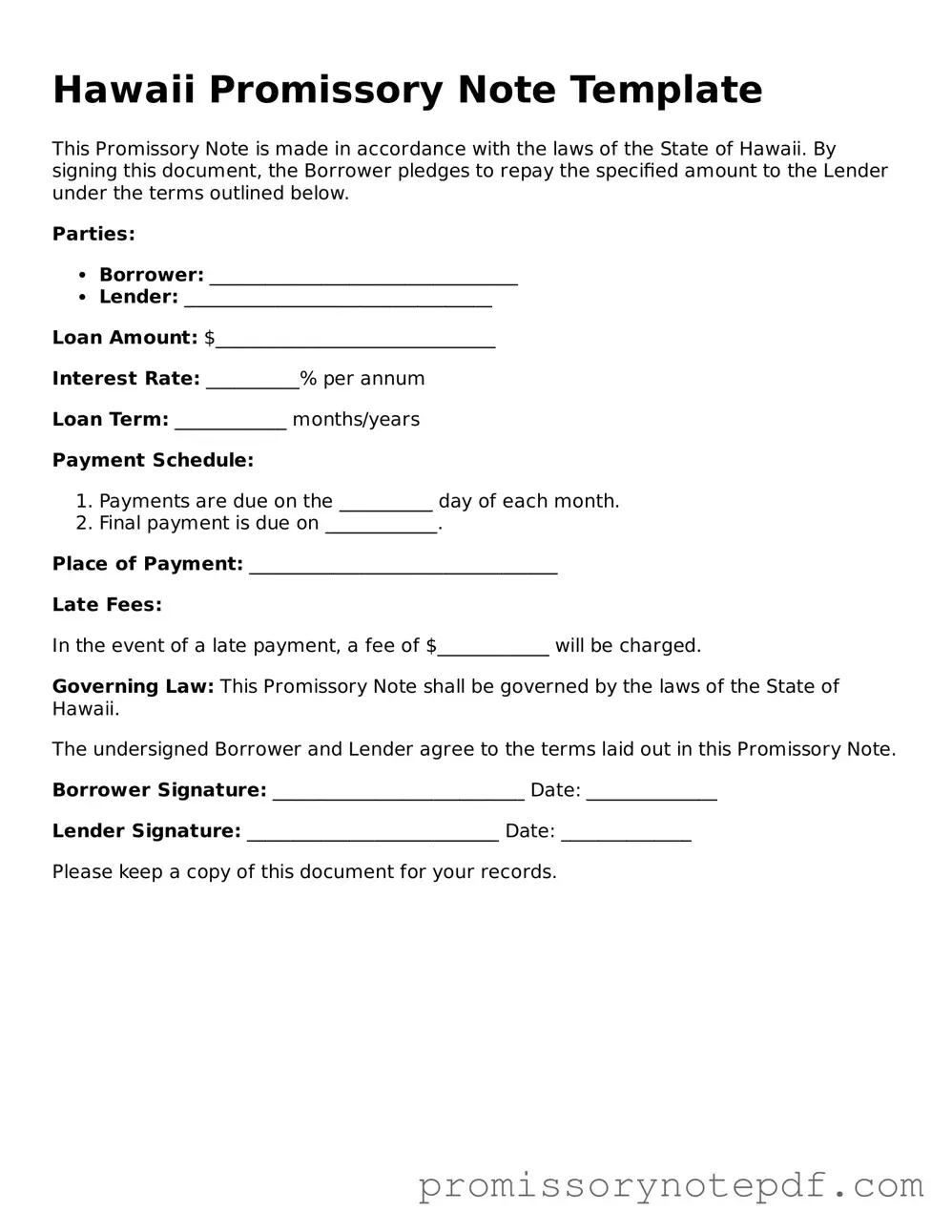A mortgage agreement is a legal document that outlines the terms under which a borrower agrees to repay a loan secured by real property. Similar to a promissory note, it specifies the amount borrowed, the interest rate, and the repayment schedule. However, a mortgage agreement also includes details about the property being used as collateral, making it a more comprehensive document. While a promissory note serves as a promise to pay, a mortgage agreement provides the lender with a legal claim to the property if the borrower defaults on the loan.
A loan agreement is another document that shares similarities with a promissory note. This document outlines the terms and conditions of a loan, including the principal amount, interest rate, and repayment schedule. Unlike a promissory note, which focuses primarily on the borrower's promise to repay, a loan agreement may also detail the responsibilities of both the borrower and the lender. It can include clauses related to default, prepayment, and other important factors that govern the lending relationship.
A personal guarantee is a document that can accompany a promissory note, especially in business lending situations. It involves an individual agreeing to be personally responsible for the repayment of a loan if the borrowing entity fails to do so. This document provides additional security for the lender, similar to how a promissory note signifies a borrower's commitment to repay. While the promissory note establishes the terms of repayment, the personal guarantee adds an extra layer of assurance for the lender.
An installment agreement is a document that outlines a repayment plan for a loan or debt. Like a promissory note, it specifies the amount owed and the payment schedule. However, an installment agreement may also include provisions for late fees, prepayment penalties, and other terms that govern the repayment process. This document is particularly useful for borrowers who need to structure their payments over time, making it a practical complement to a promissory note.
A security agreement is a document that establishes a lender's rights to specific collateral in the event of a default. While a promissory note indicates a borrower's promise to repay, a security agreement provides the lender with a claim to certain assets if the borrower fails to fulfill that promise. This relationship is crucial in secured lending, where the lender seeks to mitigate risk by having collateral backing the loan, which adds a layer of complexity to the borrowing arrangement.
A deed of trust is a document used in some states as an alternative to a mortgage. It involves three parties: the borrower, the lender, and a third-party trustee. Similar to a promissory note, it outlines the terms of the loan, including the repayment schedule and interest rate. However, a deed of trust also specifies how the property will be handled in the event of a default. The trustee holds the title to the property until the loan is paid off, which can streamline the foreclosure process compared to traditional mortgages.
